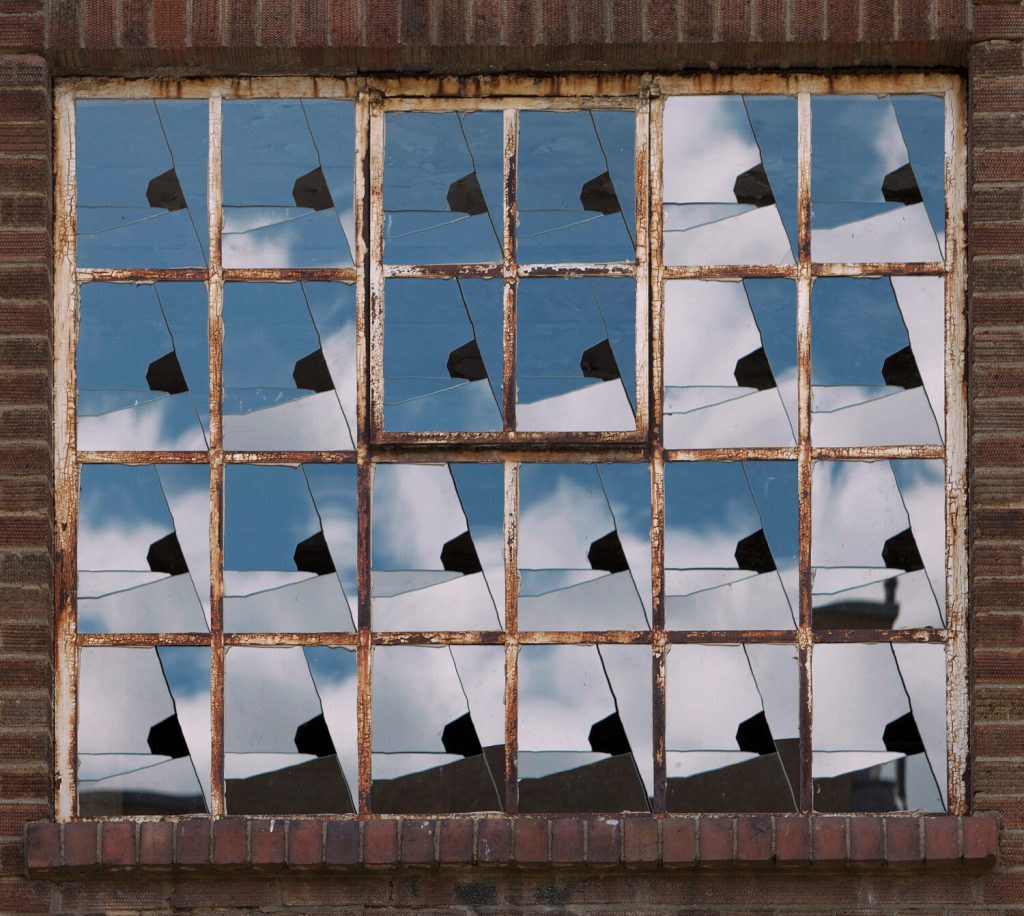
This year, unit 5 will be sinking into the murky realms of truth and untruth. We will explore the space between what a thing is, and what it appears to be.
To fabricate means to make, but also to make up.
We do not see ‘deceit’ – the practice of concealing or misrepresenting the truth, as an inherently negative act. Instead it is a tool to be used in the design process, a strategy for communicating an idea, and an inherent quality that an object may possess. A deceit may be a delight, a surprise, a mechanism for allowing the impossible to happen.
As architects we create, we invent. We sell a story, the promise of a project as yet unbuilt, to convince a client to part with millions on the strength of a few marks on a sheet of paper and a faked photograph of a finished product.
There are those who purport a pursue a truth through architecture. Honesty of materials, the primacy of the plan, the dogma of daylight. We do not begrudge them this path, but do not endorse it. The lies of modernism are white lies, but they are lies nonetheless.
We are interested in the narratives and stories that arise around spaces. Of the mythologising of the ‘lost’. Of fame through erasure. Only the good die young; Hendrix and Cobain; the Barcelona Pavilion and The Crystal Palace. We are intrigued by architectural frauds and fictions, by Portmerion and Poundbury, by the Houses of Tomorrow that dream entire new worlds in which to be built.
We are empiricists rather than theorists, holding the value of architecture in the experiential quality of spaces as opposed to the ideas they embody. As such we encourage direct and physical methods of working: modelling, experimentation, and the documentation of visual experience. We will look to parallel disciplines for inspiration, to the work of artists, scientists, psychologists as other tricksters.
We welcome (as part of a balanced diet) the use of new consumer technologies such as 3d scanning, 3d printing and VR. Imperfect as they may currently be, such new-fangled gadgets in the hands of and enthusiastic amateur offer the possibility of genuinely new methods of design, or at least the chance of a happy accident.